Research Areas and Facilities
Department of Physics

Physics researchers from Drexel University at the IceCube Neutrino Observatory led the production of a first-of-its-kind neutrino-based image of the Milky Way Galaxy that uses particles of matter, making it more accessible to view than ever before.
Drexel’s Department of Physics is recognized as a worldwide leader in physics research, offering students opportunities to work with faculty experts in astrophysics, biophysics, condensed matter, particle physics and physics education research. Our community of scholars are actively engaged with international collaborations including the Sloan Digital Sky Survey, Large Synoptic Survey Telescope in Chile, and Ice Cube Neutrino Observatory in Antarctica.
Most of our undergraduate students participate in research projects, many co-author publications and present results at peer conferences. Undergraduate courses are designed to extend the students’ ability to field real-world problems using state-of-the-art techniques. The Laboratory for High-Performance Computational Physics is another venue for students to gain proficiency in numerical techniques, parallel processing, electronic communication, and the basic computer languages and software relevant to advanced studies and research in physics. Graduate courses for the master’s and doctoral degrees focus on advanced training in core areas of physics and in emerging topics of research.
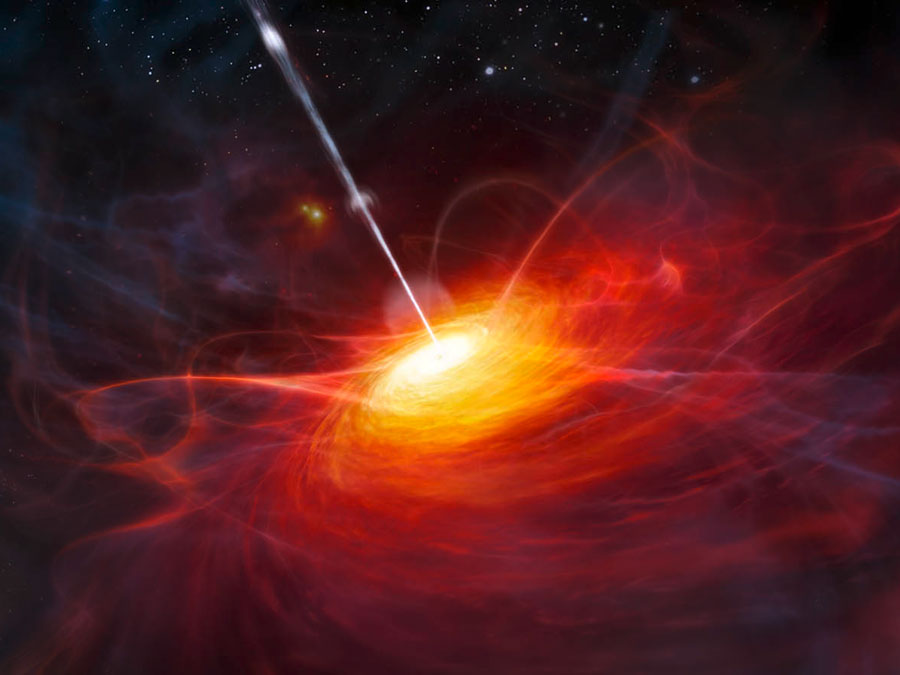
Drexel is a recognized leader in astrophysics research, with both students and faculty contributing to expanding the forefront of the field.
Research Facilities
The Numerical Astrophysics Facility emphasizes theoretical and numerical studies of stars, star clusters, the early universe, galaxy distributions, cosmology modeling, and gravitational lensing. The facility employs special purpose high-performance computers, such as the Gravity Pipeline Engine (GRAPE), a new Beowulf cluster (128 processors, 128G RAM, 2 TB RAID disk), and a system using Graphics Processing Units to achieve computational speeds of up to a trillion floating point operations per second.
The Joseph R. Lynch Observatory houses a 16-inch Meade Schmidt-Cassegrain telescope equipped with SBIG CCD camera.
Drexel faculty and students actively analyze data from the Sloan Digital Sky Survey, which operates a 2.5-m telescope at Apache Point, New Mexico, and the Vera C. Rubin Observatory Legacy Survey of Space and Time (LSST; 2023).
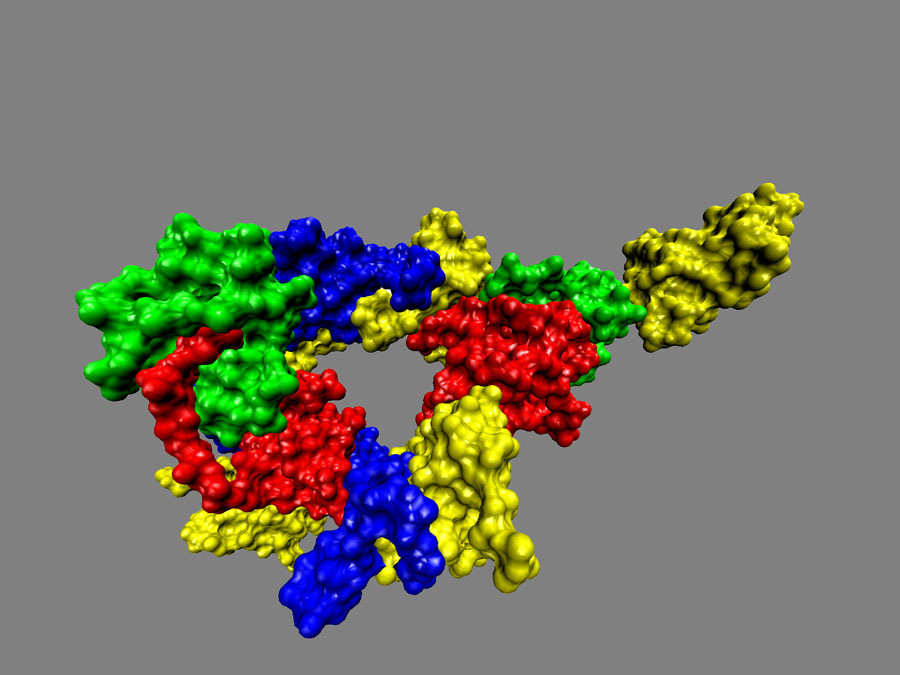
Faculty in Drexel’s Department of Physics are conducting biophysics research in a number of exciting areas.
Research Facilities
Biomanipulation and Microscopy Laboratories: Four optical tables and six research grade microscopes are configured to perform microscopic spectroscopy and manipulation on solutions and individual cells. A spatial light modulator allows spatial patterns to be encoded on samples and explored; all microscopes are temperature-controlled with state-of-the-art cameras, including a 2,000 frame-per-second high-speed system. Each optical table is also equipped with high power lasers for photolysis or fluorescence spectroscopy. Microfluidic attachments are available for use, and a small microfluidic fabrication facility has also been established.
Experimental Biophysics Lab for studies of proteins and biomimetic lipids.
The Computational Biophysics Facility also includes (i) a Beowulf cluster with 46 dual Quad-core hyperthreaded Xeon CPU (736 cores) and 12Gb of RAM nodes plus a master with 1Tb of storage and 24Gb of RAM, (ii) a Beowulf cluster with 44 dual-core Xeon CPU (344 cores),(iii) a dual Quad-core hyperthreaded Xeon CPU workstation with 24Gb RAM and 3Tb disk with two Tesla C2050 GPU CUDA-accelerated graphics card, (iv) a dual Quad-core hyperthreaded Xeon CPU workstation with 8Gb RAM and 4Tb disk with an NVIDIA N280 GPU CUDA-accelerated graphics card, (v) a quad 8-core hyperthreaded Xeon CPU workstation with 128Gb RAM and 16Tb total disk, (vi) a 72Tb file server with 12Gb RAM, (vii) a 96Tb quad 6-core file server with 64Gb RAM, (viii) and several Linux workstations connected through a gigabit network.
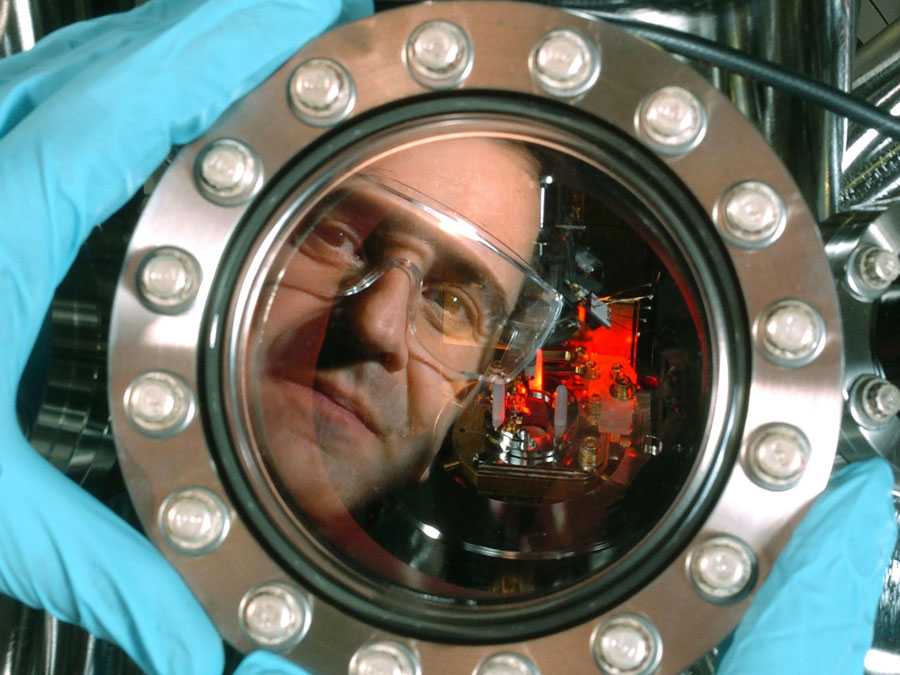
Drexel is a leader in condensed matter physics research, with faculty conducting research in a number of projects.
Research Facilities
The Energy Materials Research Laboratory is devoted to atomic scale investigations of materials for energy. As the size of the system shrinks, conventional bulk thermodynamics becomes irrelevant and we enter the realm of mesoscopic physics. The equilibrium behavior of small systems is governed by the prevailing number of surface atoms that behave differently from the bulk ones. The electronic properties are also subject to reduced number of available electronic states. We take advantage of different scanning probe microscopy and spectroscopy techniques to elucidate the local electronic properties of materials that are relevant to solving energy problems. The laboratory research is funded by grants from NSF and DOE.
The Ultrafast Electron Diffraction Laboratory investigates structural dynamics in nanoscale materials at timescales that are fundamental to materials science and condensed matter physics. The techniques are based on exciting matter with light and probing the response of the lattice with electrons. The research interests of the lab are in a range of phenomena and systems including phase transformations induced by strong laser excitation, phase transformations in strongly correlated systems, generation and detection of coherent lattice vibrations, and characterization of materials properties of graphene, few-layer-graphene, ultra-thin graphite & nanocrystalline diamond.
The Ultra-Low Temperature Laboratory includes a dilution refrigerator, 3He and 4He cryostats and microwave sources to study quantum phenomena in nano and microscale devices, superconducting qubits, nanostructures and quantum fluids and solids.
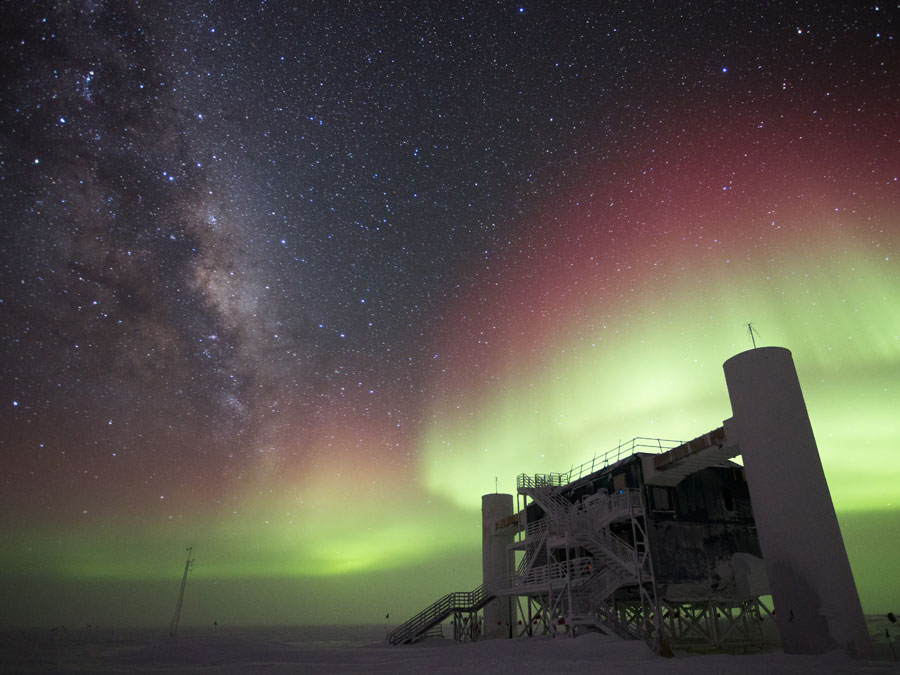
Drexel’s Department of Physics is home to faculty who are leaders in the field of particle physics. Our research, which spans neutrino properties, neutrino astronomy, and the search for dark matter, is funded by the Department of Energy and the National Science Foundation. Our work is inherently collaborative, and we partner with laboratories and universities across the U.S. and around the world.
Research Facilities
The Drexel particle physics group researches fundamental neutrino properties with the DUNE long baseline experiment hosted by Fermilab and the PROSPECT short baseline reactor experiment, as well as the planned nEXO neutrinoless double beta decay experiment.
Drexel’s IceCube research group is an active member of the international project located at the geographic South Pole, specializing in neutrino astroparticle physics.
The Drexel Bubble Chamber Laboratory develops superheated-liquid detectors for rare-interaction searches, including the PICO and SBC dark matter experiments.
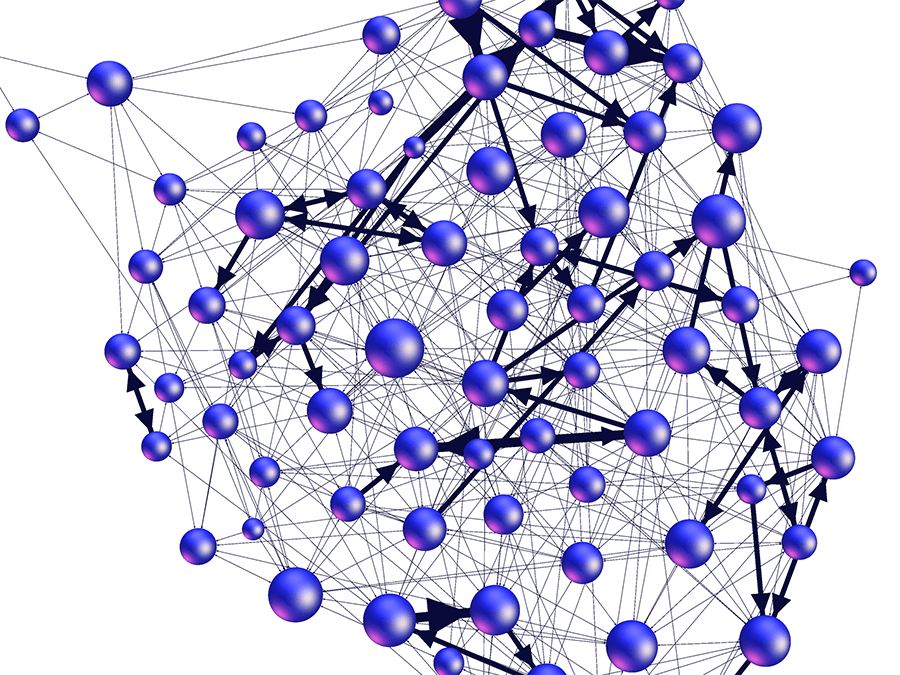
Physics Education Research (PER) is the study of teaching and learning in physics. The Drexel PER Network is a collection of researchers focused on various aspects and elements of teaching and learning in physics.